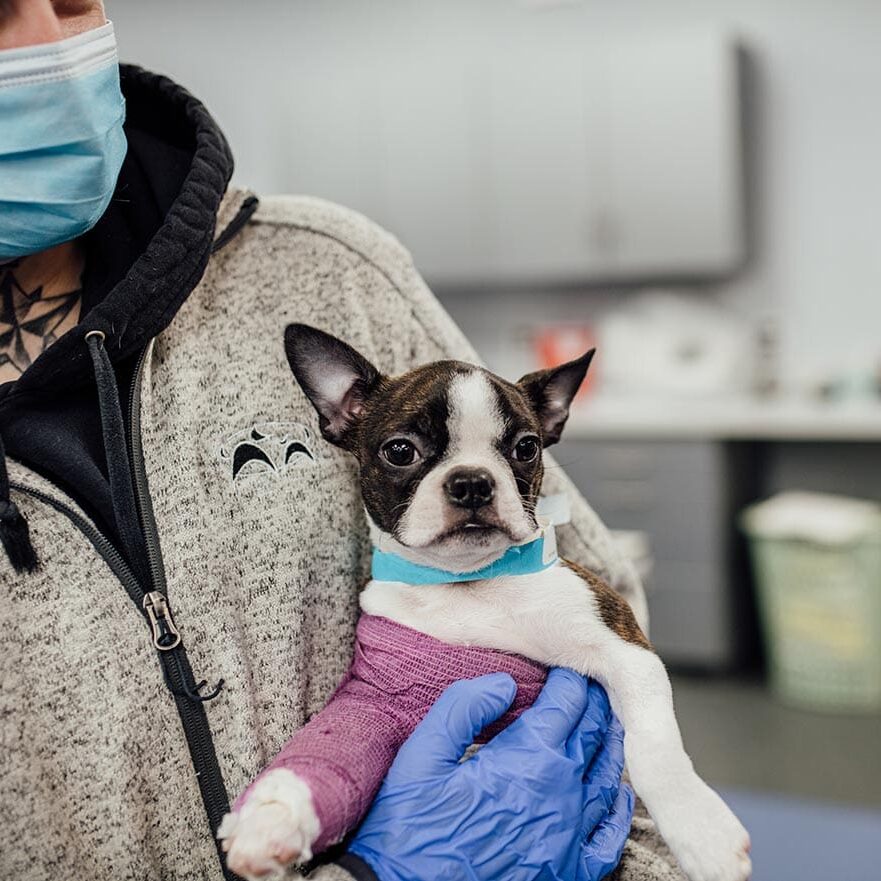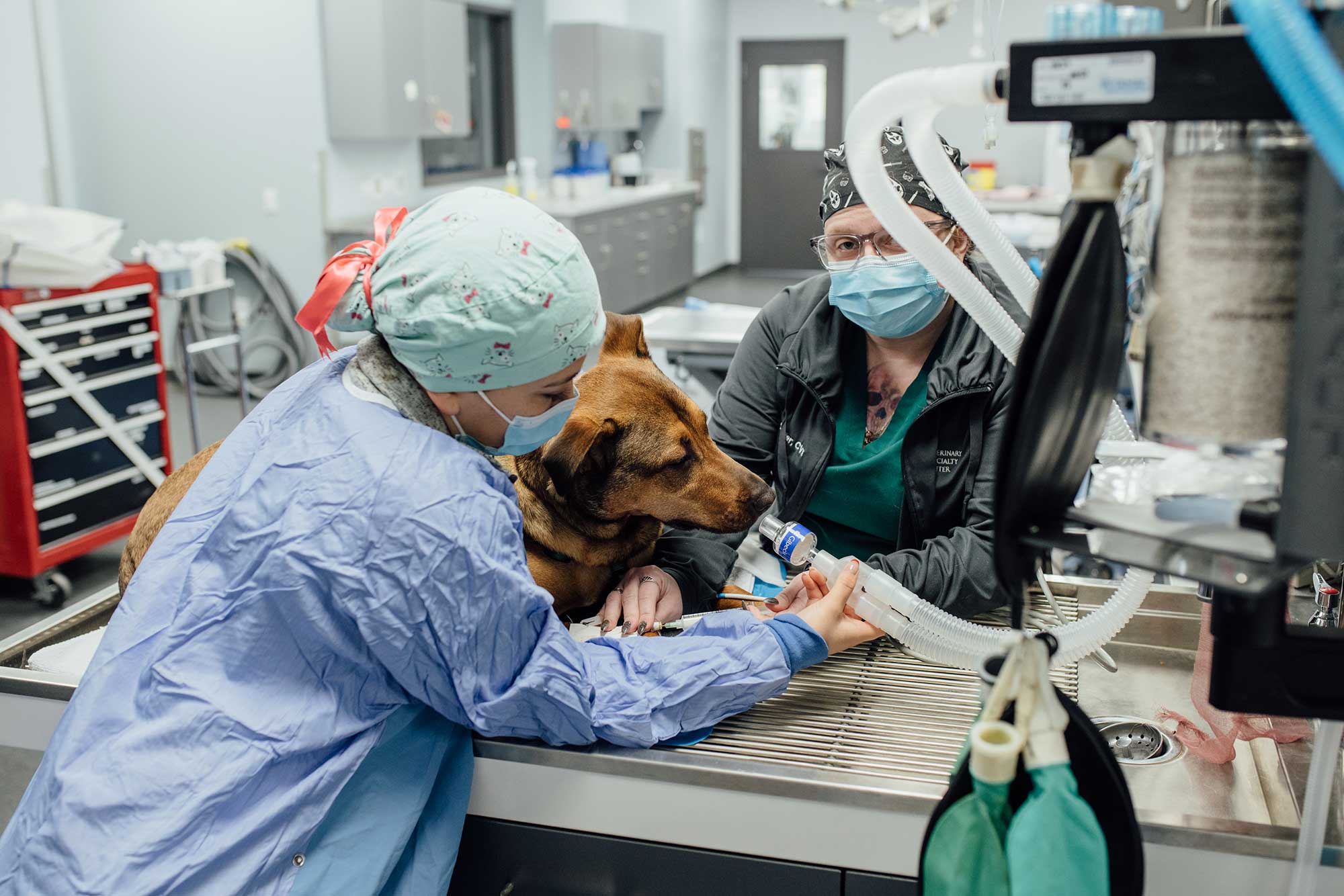Soft tissue surgery encompasses a wide range of procedures involving internal organs, the body wall, masses or tumors, and hernias or defects. In other words, these procedures include everything not related to bones, joints, muscles, or the neurologic system. At Veterinary Specialty Center we perform all types of soft tissue surgeries, ranging from minimally invasive procedures to simple mass removals to complex surgical reconstructions. In addition, our board-certified surgeons are on call 24/7 to perform a wide variety of emergency surgeries related to internal bleeding, intestinal obstructions, bloat, bite wounds, and other things that like to occur at any time!


Pre-Surgical Workup & Postoperative Recovery
Two of the most important parts of successful soft tissue surgery are the pre-surgical workup and the postoperative recovery period. Our diverse specialty services, such as radiology, clinical pathology, internal medicine, and anesthesiology are involved from the start to ensure your pet has a full workup. Comorbidities such as heart murmurs, liver disease, and other health problems are evaluated so any potential risk or complication is communicated to the owner as well as minimized to the best of our ability. Diagnostics provide a complete picture of how serious the condition is, and what your pet’s prognosis will be.
The postoperative care is often overseen by our board-certified critical care specialists, who are available with a multitude of advanced care techniques for the best possible outcomes. Additional treatment will be facilitated through your veterinarian, our internal medicine service, or our oncology service.
The following section is a summary of the more common procedures that we perform. If you do not see a procedure listed, you are welcome to call for more information. With our team of five surgeons, it is rare to find a surgical problem that we have not treated.

